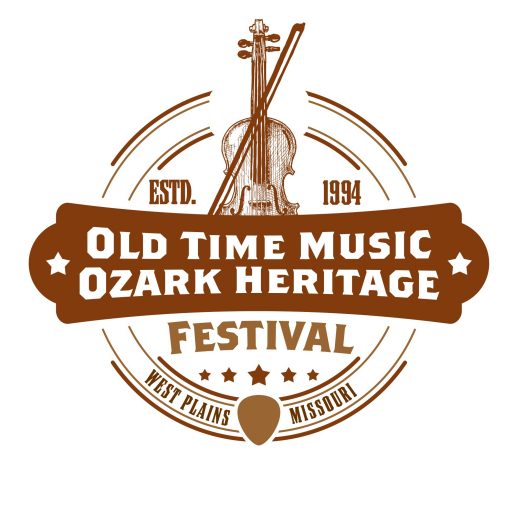Judy Jo Protiva, co-owner of Peace Valley Poultry, will be demonstrating treadle sewing machine use on the mezzanine from noon to 3 p.m. Friday and Saturday, along with friends who have offered to help.
JudyJo is a wife, mother, and grandmother, who started using treadle sewing machines in the early 1980s. It had been a dream of hers, and she was finally able to find a suitable machine. Before she worked the kinks out of her beginning style, she started sewing pants for an exercise group. That, together with her delight in sewing for others and herself, put her learning into high gear.
She only sewed for the group for a few months, but continued sewing on the treadle. Soon the wheel would hum as it rotated smoothly, the needle sewing creations.
A year or two later she sewed a tipi with her machine. She bought the canvas from a canvas company in Denver and sewed yards and yards of double seams, forming the fabric into a tipi cover. On the day she celebrated raising it, she met Jim Protiva, the man of her dreams, and they married 1½ years later.
JudyJo had always wanted to sew for her own children, and soon there were four children. Sometimes she would sew into the night to make the dresses and shirts for her family, a quicker process when it was quiet. Her oldest, Beth, remembers hearing the sound of the whirr of the treadle machine as she went to sleep.
As these children grew up playing on and with the treadle, they developed a natural rhythm with it, until when they were old enough to sew, they could handle the machine efficiently. To JudyJo, the treadle not only represents a means of productivity, but also a sense of nurturing and caring for others that is passed down through the generations.
JudyJo hopes to be sewing on the quilt for her granddaughter, Laura, during the demonstration.
Come visit and learn more about these machines which are still used in many places today.
A treadle is a part of a machine which is operated by the foot to produce reciprocating or rotary motion in a machine such as a sewing machine, weaving loom, grinder, powering water pumps, or to turn wood lathes, to name a few. They allow human power of machinery without the need for electricity. Many of the early sewing machines were powered by a treadle mechanism. The treadle was operated by pressing down on it with a foot, or both feet, to cause a rocking movement. This movement spins a large wheel on the treadle frame, connected by a thin leather belt to smaller driving wheels on the sewing machine

